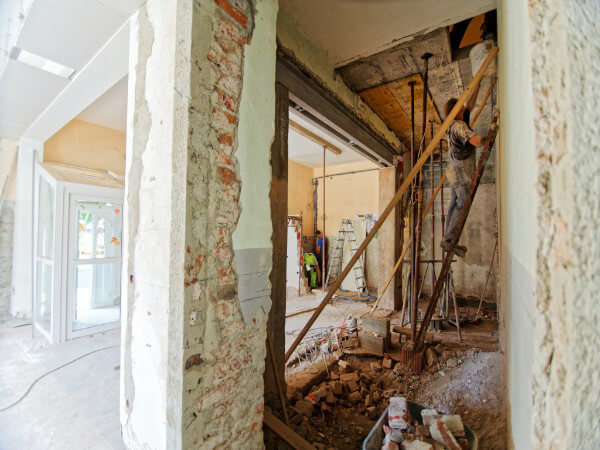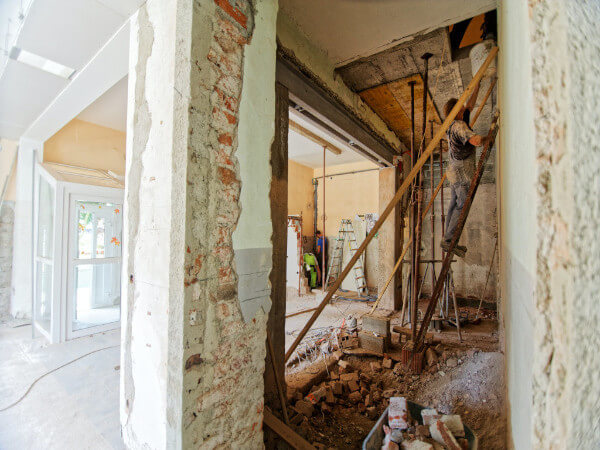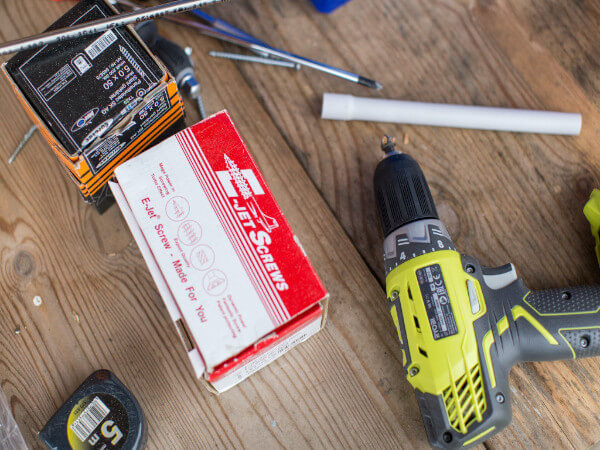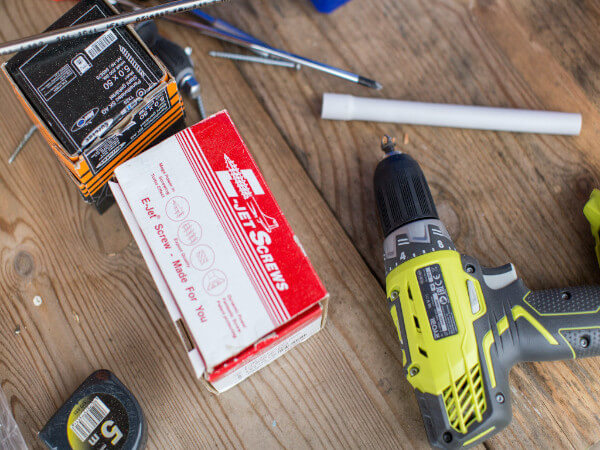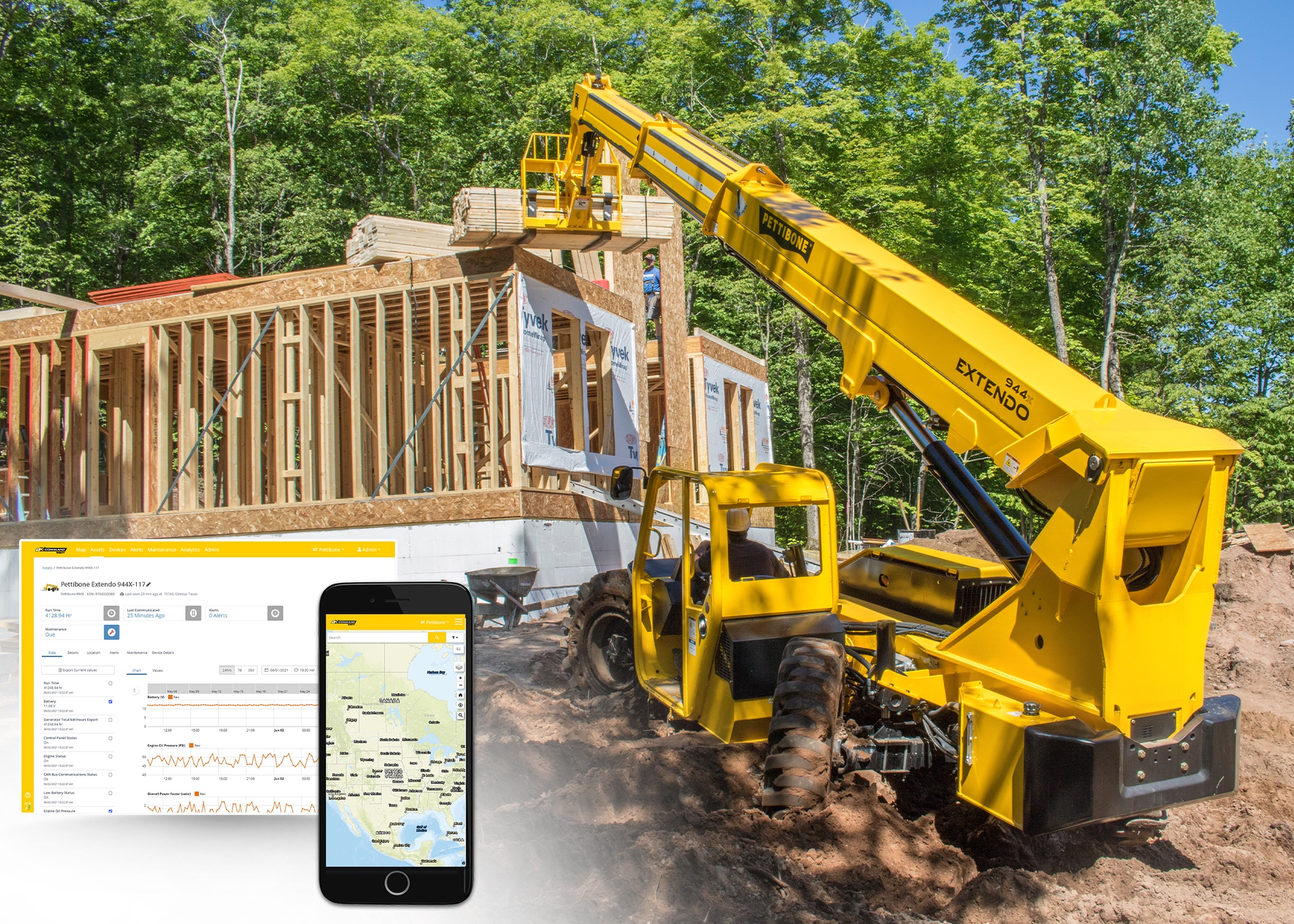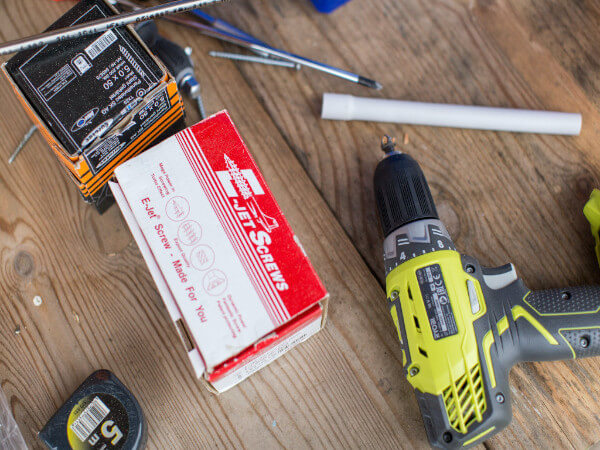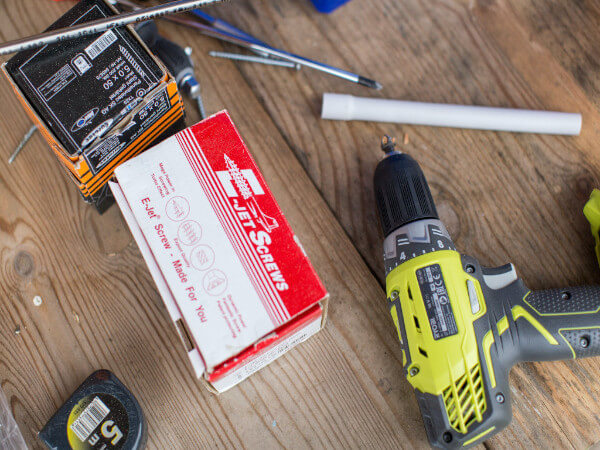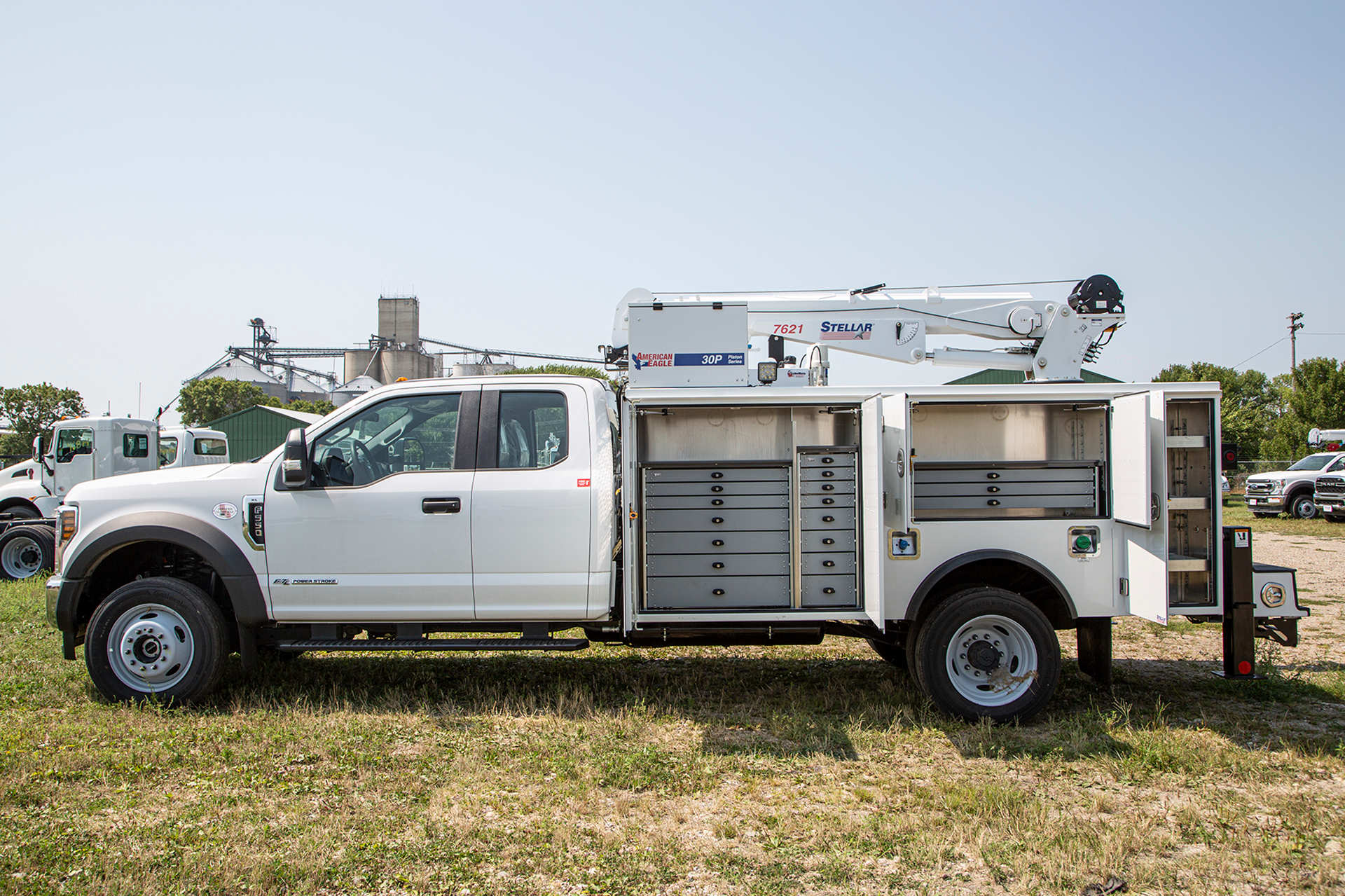Caterpillar has added another GC-designated machine to its equipment lineup, the Cat 120 GC motor grader. The machine is engineered for a range of applications that include government and municipal work, county road maintenance and finish grading.
The GC tag represents a value-oriented design for small to medium-size contractors that don’t necessarily need all the bells and whistles of a high-spec production machine. It’s a simpler machine for a variety of tasks. The owning and operating costs for the new 120 GC can be 20 percent lower than a standard Cat 120 motor grader, thanks to better fuel economy and a lower price, says Eric Kohout, product application specialist.
“The Cat C4.4 twin-turbo engine pairs nicely with the torque-converter drive transmission,” says Kohout. The transmission with torque converter eliminates the need for an inching pedal, so only throttle and brake pedals are required, which simplifies operation. “If you’re on and off of that inching pedal all day and wearing your leg out, this is an alternative where you can control the machine with just the throttle and brake,” says Kohout.
The 171-horsepower engine is matched to the standard rear-wheel drive and optional all-wheel drive, and the eco mode operation increases fuel economy up to 5 percent. The hydraulic cooling fan, with an optional reversing fan for high-debris applications, only runs when necessary to further reduce fuel consumption. The 120 GC is also Cat’s lowest-weight motor grader, some 2,000 pounds lighter than the standard 120, says Kohout.

The steering wheel steering and lever controls are familiar to many and simplify operation.CaterpillarSimplified Operation
A no-spin differential on the 120 GC gives operators simplified operation. “A lot of times operators will forget to activate and deactivate the differential, and this can cause the machine to buck,” says Kohout. “The no-spin differential means if it’s going forward, it is locked up and pulling all the wheels for maximum tractive effort. When you go into a turn, it unlocks automatically. It’s one less thing for the operator to think about.”
The parking brake automatically engages when the machine is in neutral and the service brake is disengaged. If underfoot conditions require it, there is a simple on-off system for the optional all-wheel drive.
Maintenance and replacement parts play a role in owning and operating costs as well. Cat built the 120 GC motor grader with long-life machine structures for reliable operation, including the standard drawbar circle moldboard that increases durability with hardened circle teeth and replaceable wear inserts that protect the main component structures. This design stays factory tight to enable precision grading long term.
Damage Prevention
The circle drive slip clutch option on the Cat 120 GC protects the drawbar, circle and moldboard from damage if the machine strikes an immovable object. The circle saver option also reduces daily greasing requirements and repairs to the circle and pinion. Additionally, the grader’s new front axle design maximizes bearing life to minimize maintenance.
A newly designed mid-mount scarifier improves visibility to the attachment while decreasing overall machine length. “The advantage is that it allows the operator more movement of the drum or circle moldboard within the mid-mount scarifier, so you’re not hitting the sides of the scarifier as often,” says Kohout. “And it installs easily. It just wraps around and bolts to the front of the machine without any welding or brackets needed. It also allows a plate in front of it, so you can attach a push block or a front lift group,” he says.
To improve machine performance, the 120 GC also features a common front bolster for a choice of front lift group, counterweight, or front blade option, which aids in spreading more material faster. The rear of the machine accommodates a ripper or tow-hitch option. Moldboard options include lengths of 10, 12 and 14 feet.
Wheel steering
Cat kept the familiar steering wheel and lever layout for the 120 GC the same as the 120, 140 and 160K models. For operating comfort, the cab offers a choice of mechanical or air suspension seat.
And the control console and steering wheel easily adjust to the operator’s preference. A narrow machine width of 7.9 feet, plus a choice of cabs (standard or low profile), can reduce overall transport height to 10.25 feet to enhance transportability.
Quick Specs
Engine: Cat C4.4Net power, Tier 4 Final/Stage V: 171 hpNet power, Tier 3 equivalent: 171 hpWeight Tier 4 Final/Stage V: 35,494 lbs.Weight Tier 3/Stage IIIA equivalent: 31,424 lbs.Moldboard width: 12 ft.
Did you miss our previous article…
https://www.3555pacific.com/?p=589



